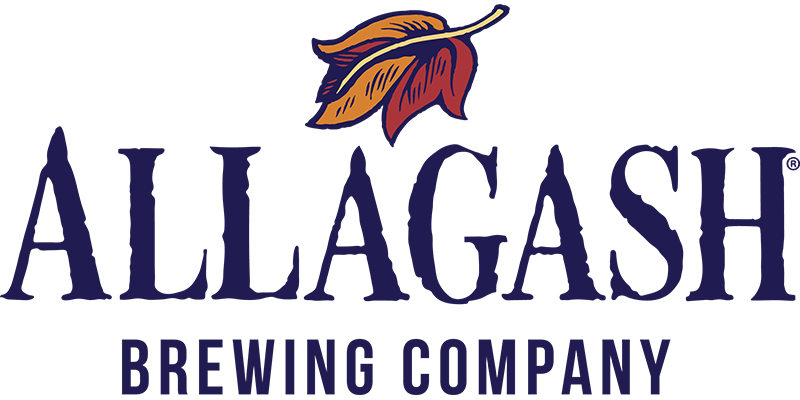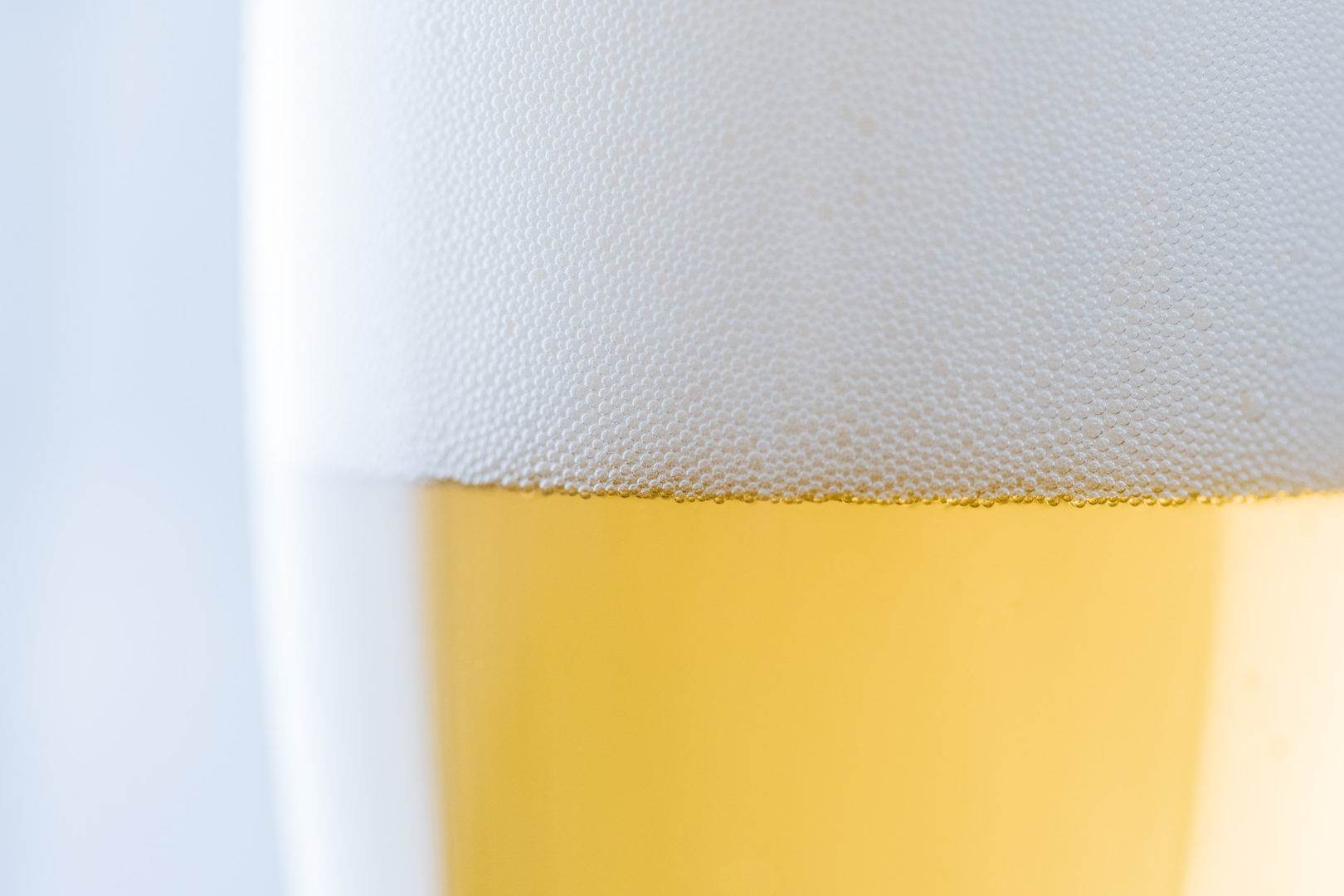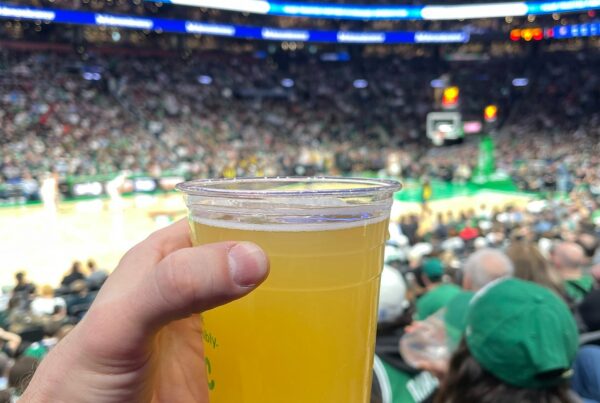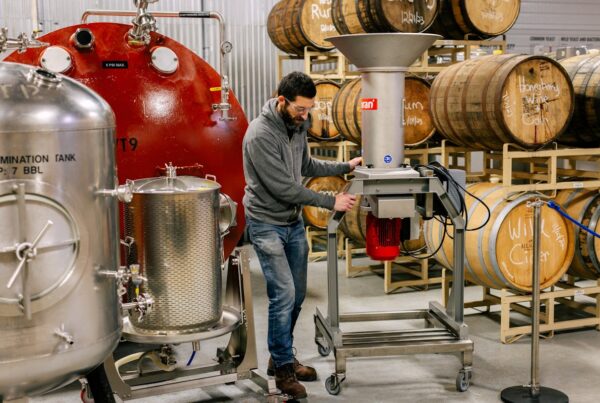When we’re asked how many calories beer contains, it’s not a simple answer. Depending on the beer, a 12 oz. serving can have as few as 85 calories, or as many as 300 calories. So how can you tell the difference?
The simplest way to get a feel for how many calories you’ll find in a particular beer: how big is the pour size, and what is the beer’s ABV (alcohol by volume).
What is a Calorie?
By definition, calories measure the energy value of food. Basically, the amount of calories tells us: “if you consume this thing, it will take this much exercise to use it all up.” What most people aren’t familiar with is the fact that alcohol itself has calories. A shot of whiskey will have far more calories than a shot-sized portion of beer. This is because that same portion of whiskey has far more alcohol in it than the same portion of beer. A typical pour of wine will generally have more calories than a wine-sized portion of beer. We say “generally” because wine tends to be 12% ABV and higher, while the majority of beers fall between 4-8% ABV. However some styles of beer—like imperial stouts or barleywines—can climb up to 14% ABV, rivaling wine.
Different Beer. Different Calorie Count.
This is why we can’t say that “all beer has exactly this many calories.” A 3.5% ABV saison will have many fewer calories than most other alcoholic drinks. But when you have a 16 fl. oz. pour of a 9% ABV double IPA, that will have a significant amount of calories—upwards of 350. This is due to the beer’s higher alcohol content, increased residual sugar, and higher carbs.
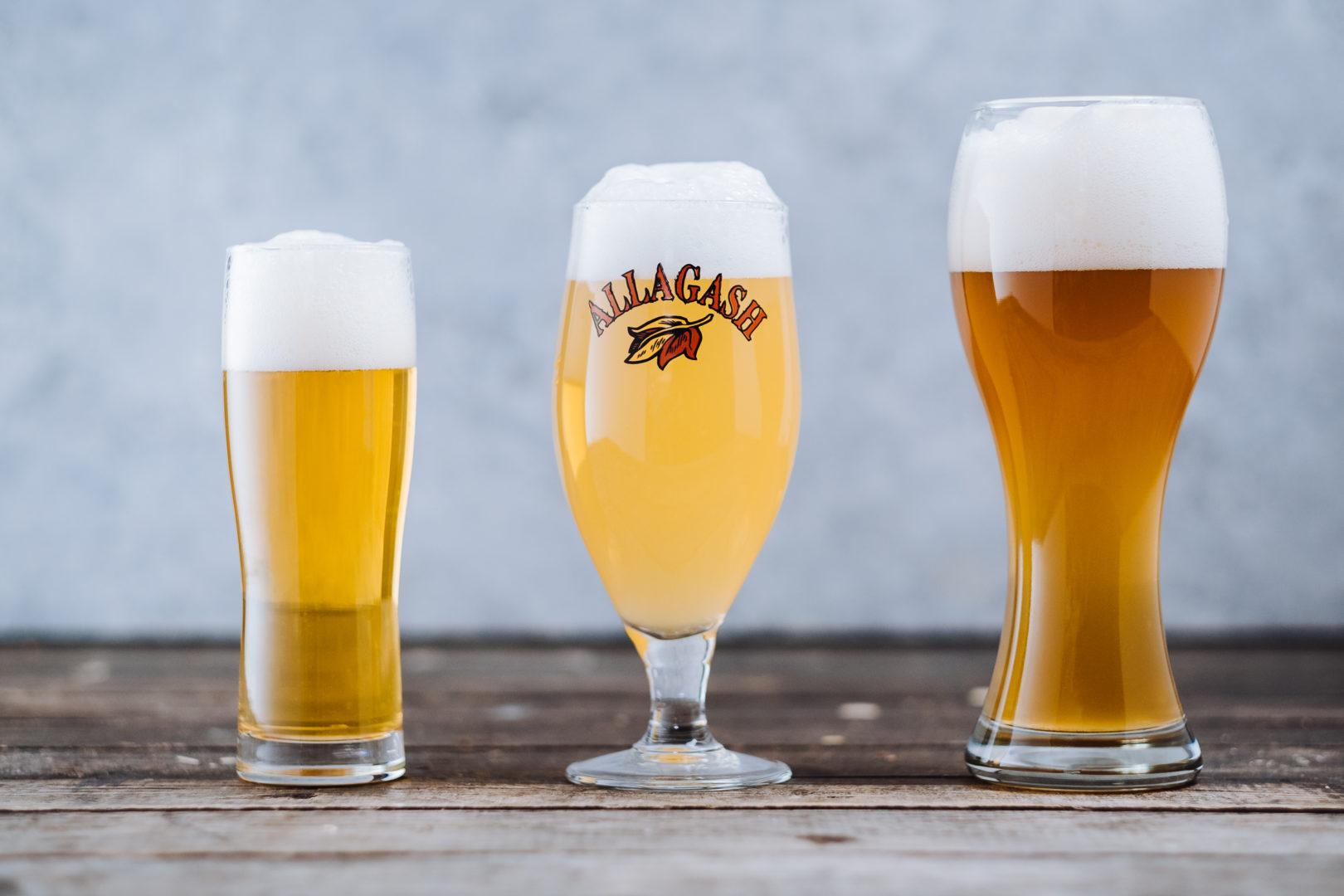
According to the scientists working in our lab—as well as the Oxford Companion to Beer—finding a beer’s exact calorie count is more complicated than this blog allows. While there’s more to figuring out the calories in a beer than ABV, it’s just the simplest place to start. For a full picture of a beer’s caloric content, you need to know the alcohol by weight and any remaining sugar in the beer (known as the real extract). Getting all those values involves dehydrating the beer and burning off “organic constituents” to find the true weight of the real extract—nothing you could calculate in your head while ordering at a restaurant.
Calories and Carbohydrates
You’ll also find carbohydrates in beer. Carbohydrates, broadly, are the sugars, starches, and fibers found in grains and fruit. They’re an important source of energy for both the body and brain. The amount of carbohydrates in a beer depends on how the beer is made. If the beer has a thicker mouthfeel, darker appearance, and sweeter flavor, it will most likely have more carbs. The amount of carbs you’ll find in a single, 12 fl. oz. portion of beer can range from 16g all the way down to 3g. To put that into perspective, you’ll find around 39g of carbs in a 12 fl. oz. portion of root beer.
A 5% ABV beer has ~100 calories from alcohol alone.
A 4% ABV beer has ~80 calories, purely from alcohol.
General Rules for Estimating Calories
As a general rule: The lower the ABV and the smaller the pour, the lower the calories/carbs.
For an example with our beer: River Trip—a Belgian-style session ale—comes in at 128 calories, and 7.9 carbs per 12 oz serving. Our lowest-calorie beer overall is Tiny House, coming in at 85 calories and 5.5 carbs per 12 oz. serving.
For all of the calorie-conscious beer fans out there, you can rest assured that there’s a beer for you.
